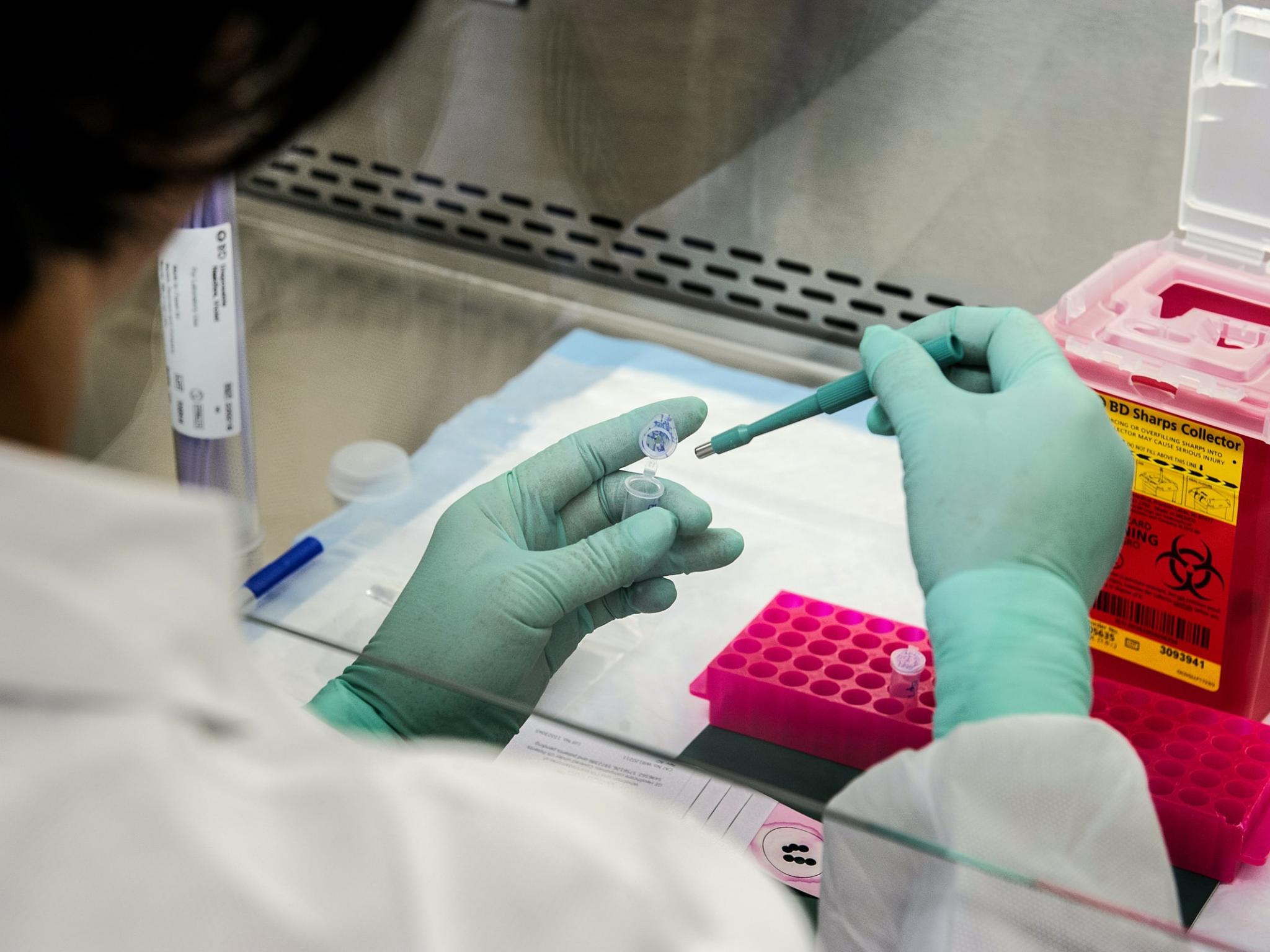
Recently, Neuroscientists from the Indiana University (IU) Gill Center for Biomolecular Science received more than $2 million from the NIH's National Institute on Drug Abuse (NIDA) to study the impact of cannabis use during adolescence. Using mice, their goal is to develop therapies to treat adverse cannabis effects in humans.
"This is a significant public health concern. Today's cannabis strains are being bred for increased THC content. It's very different and much riskier than the more traditional strains used in the past. There's an urgent need to understand the effects of these new strains," said Hui-Chen Lu, director of the Gill Center and professor in the IU College of Arts and Sciences' Department of Psychological and Brain Sciences.
The researchers will work with mice with diverse genetic backgrounds to mimic human diversity. In addition, they decided to use both male and female mice to see if there are sex-dependent differences in THC effects. The study is focusing on the underlying molecular changes that account for behavior changes, like working memory deficits.
"If there are sex-dependent changes, we need to know what those are," Lu said. "For example, working memory originates in the brain's prefrontal cortex, which develops a lot later, especially in boys. That could be why boys are more susceptible to THC exposure and more likely to suffer negative effects."
The researchers will conduct the study of young people who have legal access through dispensaries to edible products such as chocolates and cookies in states where cannabis is legal.
"Studies indicate that heavy use of cannabis with high THC -- particularly cannabis use that begins between ages 12 and 14 -- increases the risk of schizophrenia and other psychotic disorders from two- to five-fold," said Ken Mackie, chair of the Gill Center and professor in the Dept. of Psychological and Brain Sciences.
"One of the functions of the prefrontal cortex is working memory, as well as processes like planning and impulse control," Mackie added. "That part of the brain is still developing in adolescence, and developing brain structures are particularly vulnerable to environmental impacts, such as drug use or stress."
Researchers also will explore whether CBD has harmful effects on its own and how it protects the developing brain from the adverse consequences of THC exposure in young people.
"Our brain is not wired precisely from the beginning," Lu said. "To properly develop, it needs to combine inputs from our environment, our experiences, and our interactions with others. In particular, a properly configured prefrontal cortex is very important for goal-directed behavior and social interactions.
"If cannabis disrupts prefrontal cortex development during this critical period, the impact can be huge and long-lasting. To help these individuals, we need to figure out which therapies will work best based on our understanding of what happens in the brains of young adolescents using cannabis," researchers concluded.
Photo by CDC On Unsplash







